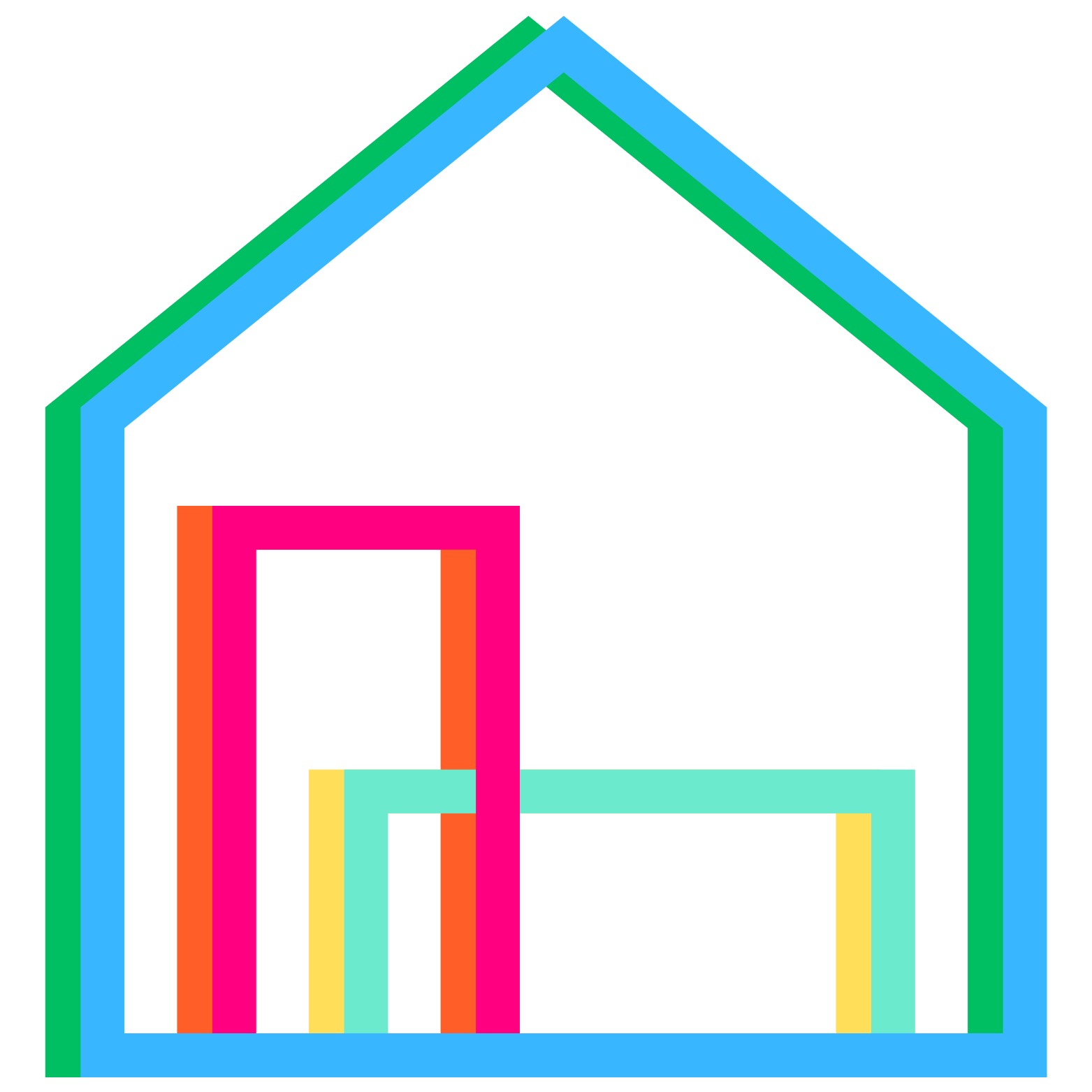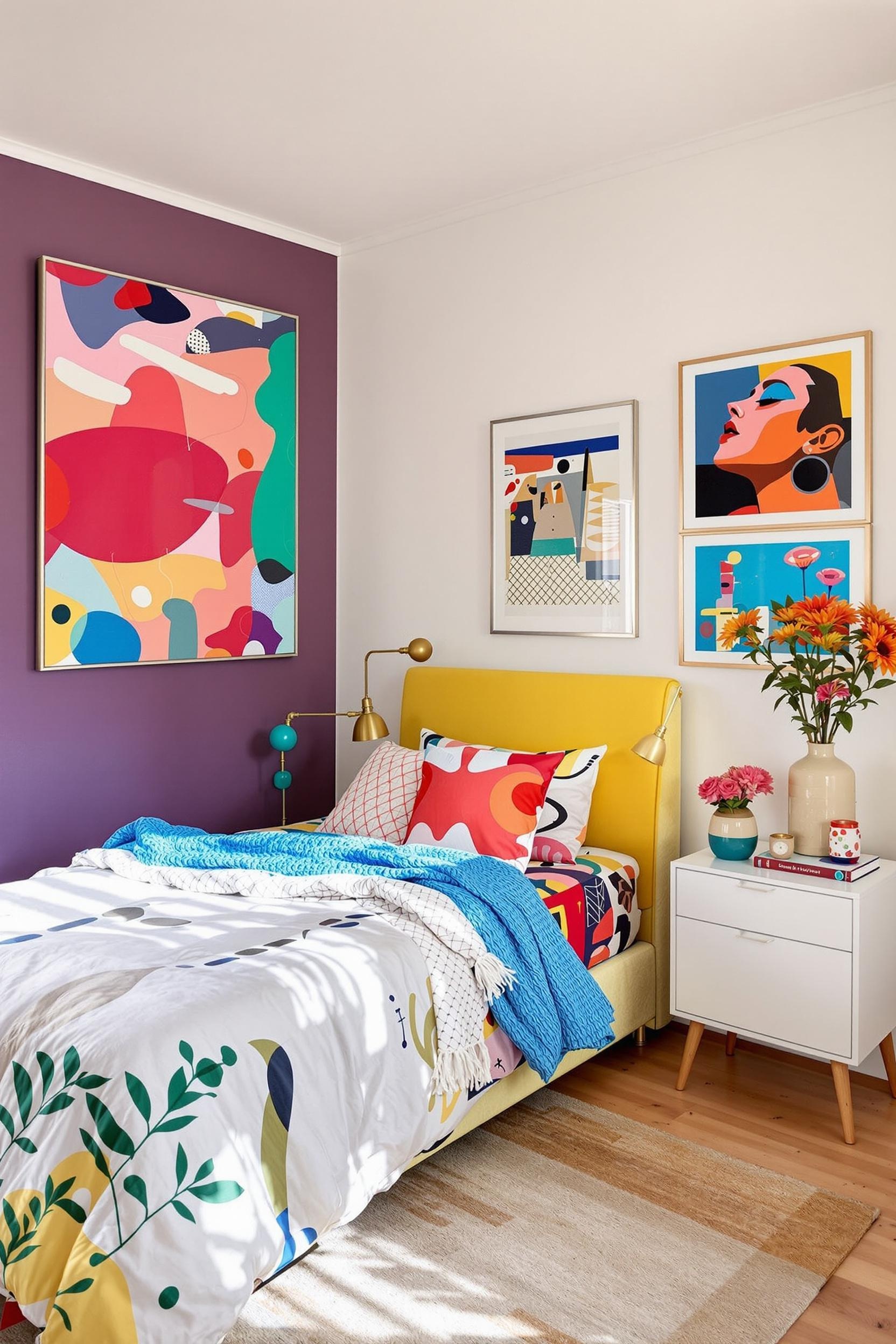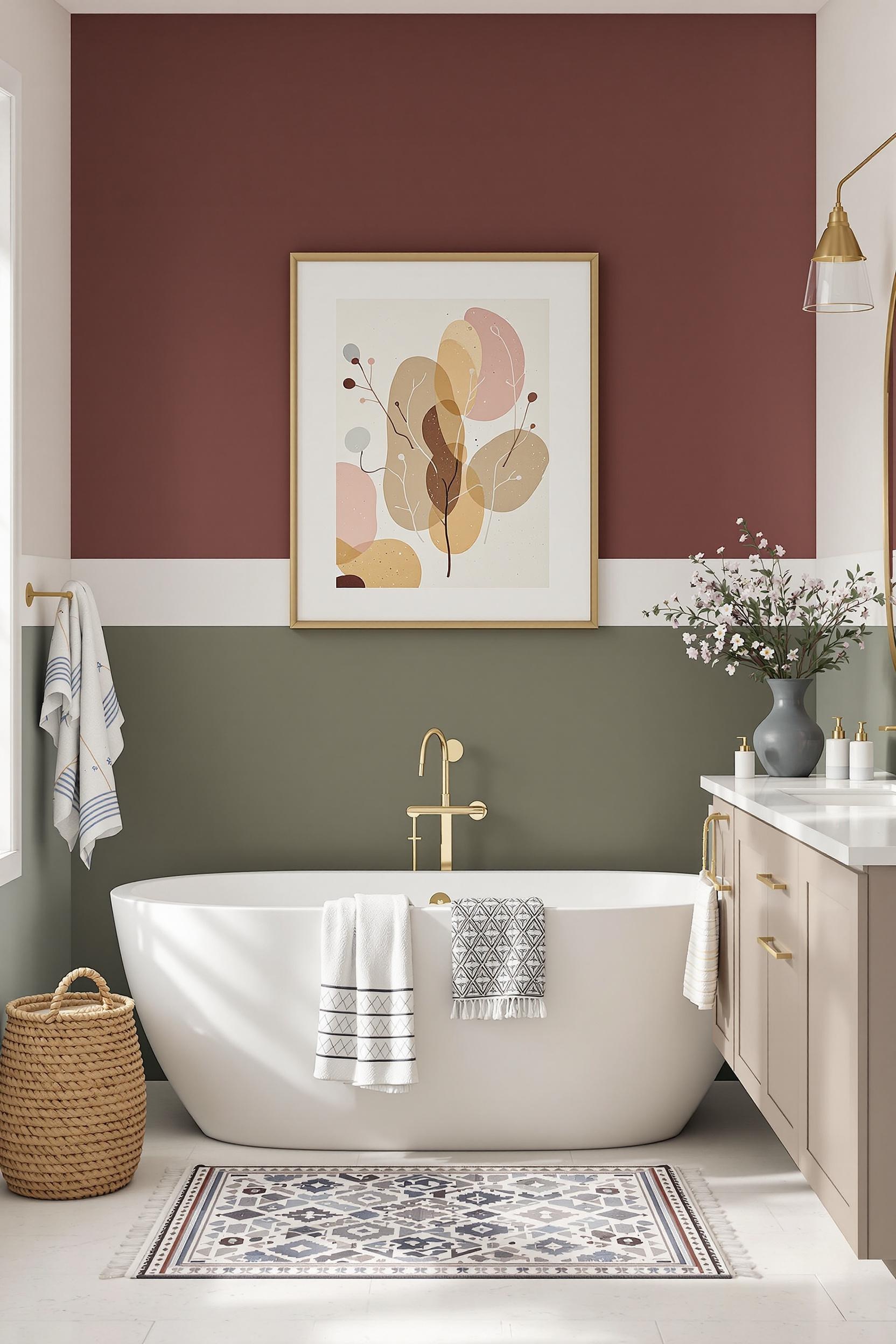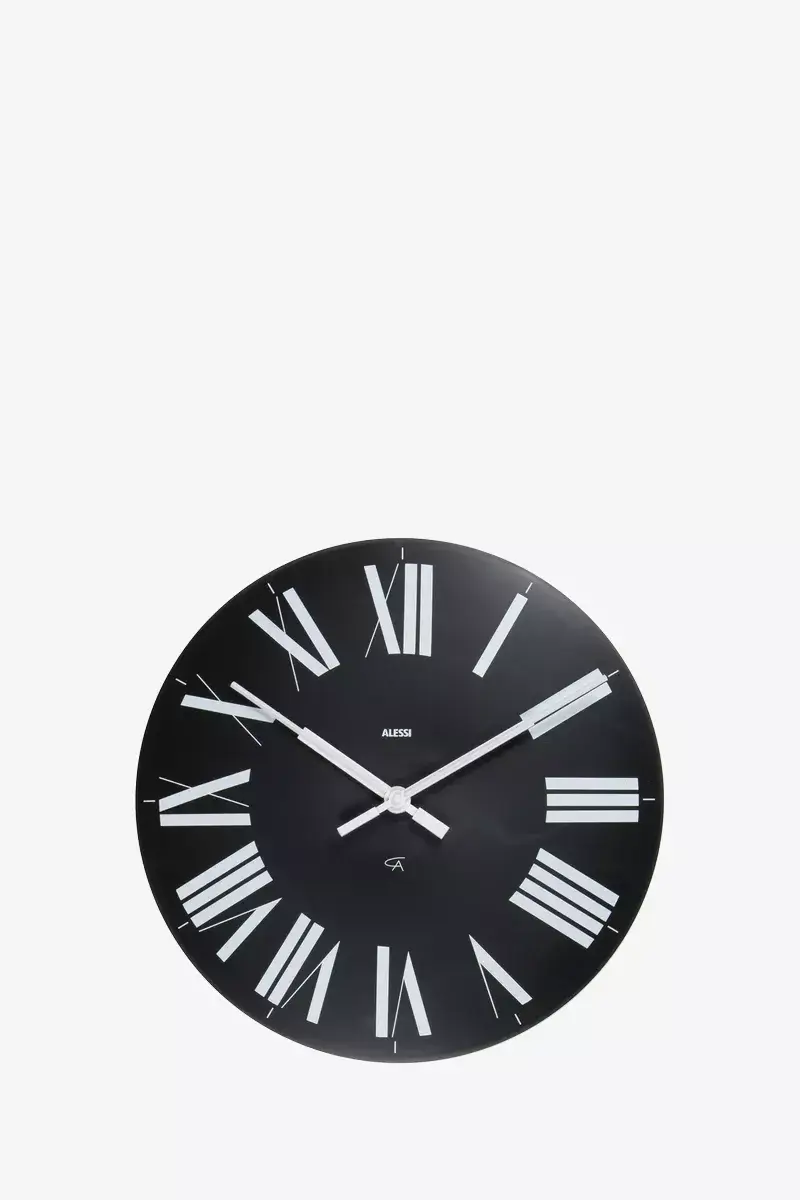
Unleashing Creativity: Color Blocking Magic in Studio Apartments
Have you ever walked into a small studio apartment and wondered how to bring it to life? It might feel limited at first, but I believe compact spaces are the perfect place to try bold color blocking interior design. It’s a game-changing, maximalist technique that combines form and personality to elevate small spaces dramatically. Whether you’re drawn to vibrant apartment color schemes or creative wall color combinations, this approach can work for everyone.
As a designer passionate about studio apartment maximalist design, I use interior design with geometric patterns and color psychology in interior design to redefine how small spaces are experienced. In this guide, you’ll learn how the best minimalist color techniques can help you:
- Create visual depth, even in tight quarters
- Define clear zones for different functions
- Express your boldest self using color
- Turn your studio into a vibrant, artistic escape
Why Bold Color Design Ideas Work in Studios
Color blocking isn’t just trendy; it’s smart interior strategy. It lets you break up the space without bulky furniture. With contrasting shades and geometric lines, you create illusions of more space and purpose. For instance, pairing calming greens with bright yellows separates your work zone from your rest area—without adding physical dividers.
Ready for some serious transformation? Let’s dive deeper into these brilliant color blocking ideas for small spaces that will unlock the true potential of your studio.
Strategic Color Blocking: Transforming Studio Apartments with Bold Design
Understanding the Basics of Color Blocking Interior Design
Color blocking works wonders in compact spaces. As a studio apartment maximalist designer, I often use this technique to open up a room and give it greater purpose and flow. The right color placement creates boundaries, depth, and style—all at once.
But it’s not just about splashing color on the walls. Strong color blocking interior design begins with a thoughtful palette. You want colors that complement but also signal different areas. Warm hues like tangerine carve out cozy zones. On the other hand, cool tones such as teal or navy blue make areas feel bigger and more relaxed.
Many experts support this. Color psychology in interior design suggests that blue and light greens promote calmness, while vibrant reds and yellows create energy—perfect tools for reshaping a room’s mood.
Color Zoning with a Purpose
Want to turn your single-room studio into a functional oasis? Try zoning. I love painting geometric color sections to mark out spaces. For example, I use emerald green behind my bed, a burnt orange for my sofa zone, and a pale sage around my work setup. These bold color design ideas naturally guide the eye and the body within the room.
Here are some pro tips for smart execution:
- Use painter’s tape for crisp lines
- Pick 2-3 main tones and one neutral
- Think about how sunlight hits different zones
- Match furniture minimally so colors shine
Maximizing Style: Bold Color Blocking Strategies for Studio Living
Geometric Color Zoning Techniques
I use geometric lines not only on walls but also on ceilings and even flooring patterns. Think triangles framing a reading corner or diagonal bands separating a dining area. These minimalist color techniques aren’t just decorative—they’re space-saving tools too.
Layer geometric shapes and mix contrasting paints like plum and sage or lemon yellow with navy. Always balance these blocks with neutrals or white to avoid overwhelming the senses. That’s the key to successful interior design with geometric patterns.
And furniture? Choose clean lines. A blush pink bench or mustard armchair packs a pop of color without making things feel busy.
Color Blocking as Art in Studio Apartment Maximalist Decor
If you’re like me and live for maximalist expression, this will be your favorite part. You don’t have to stay inside the lines. Combine electric blue with bright orange. Mix coral with lime or lavender. The trick is keeping everything intentional.
What matters is harmony across the space, even if it’s loud. Choose one or two focal color blocks, then let the supporting tones connect them gently throughout your furniture or decor.
Mastering Functional Color Blocking in Compact Studios
Designing Clear Zones
One of the toughest studio challenges is combining sleep, work, and living in one area. Luckily, color psychology in interior design helps segment each part. I usually suggest a calm, cool corner for bed (like seafoam or navy), a warm den zone with burnt tangerine, and a crisp green or white backdrop for work areas.
These color blocking ideas for small spaces can energize each section, helping productivity and rest coexist. Remember, keep your color zones balanced by width, height, and light exposure.
Creative Wall Color Combinations
Walls aren’t just backgrounds—they’re the main characters in modern maximalist studio decor. Think stripes that run from wall to ceiling, or color splits that end mid-wall for a playful twist. One favorite layout of mine? A U-shaped arch in mustard above the bed anchored against a teal wall. It adds drama without effort.
Also, don’t forget about removable wallpaper with bold prints. They’re renter-friendly and perfect for seasonal updates.
Dynamic Color Blocking: Elevating Modern Maximalist Studio Decor
Layering Colors and Materials
Beyond walls, layer colors on your shelves, curtains, and rugs. I love using textured materials like velvet or linen to bring depth to color blocking. Go with bold fuchsia throws over teal bedding or add emerald poufs near orange-accented sofas.
If you’re on a budget, there are creative ways to make an impact. Try painting just half a wall or framing a mirror with peel-and-stick colored tape. Throw pillows and area rugs are easy mediums for switching up your style each season.
Build Around Function First
Color zoning should follow your daily habits. Spend time understanding how you move through your studio. Then build your color zones around these routines. For instance, if you read in bed often, try a calming lilac or denim blue above your headboard to relax you faster.
For work areas, choose greens to increase focus. If you like to throw small dinners, go bold in the dining nook with gold or tomato red which stimulate energy and conversation.
Color Blocking Mastery: Your Studio Apartment Transformation Guide
Over the course of your design journey, remember that color blocking is more than style—it’s function, identity, and art. It’s about defining your space visually, maximizing every inch, and turning small frustrations into creative opportunities.
Use bold design choices like modern maximalist studio decor and interior design with geometric patterns to say something about you. Begin small and layer in your ideas. Most important of all, you don’t have to follow strict rules. Let your instinct lead the way!
Transform Your Studio: Color Blocking Magic Unleashed!
Let’s stop playing it safe. Studio apartment maximalist techniques centered around color blocking interior design will take your space to new heights. Your apartment may be small, but your ideas don’t have to be. Let color lead the way!
Your Design Journey Starts Here
- Try a bold accent wall this weekend
- Paint a geometric stripe near your bed
- Mix complementary throw pillows in bright colors
Ready to Color Your World? Join the Design Revolution!
How to Engage and Elevate Your Design Game
- Comment with your go-to color combo below
- Follow us on social media for more ideas






